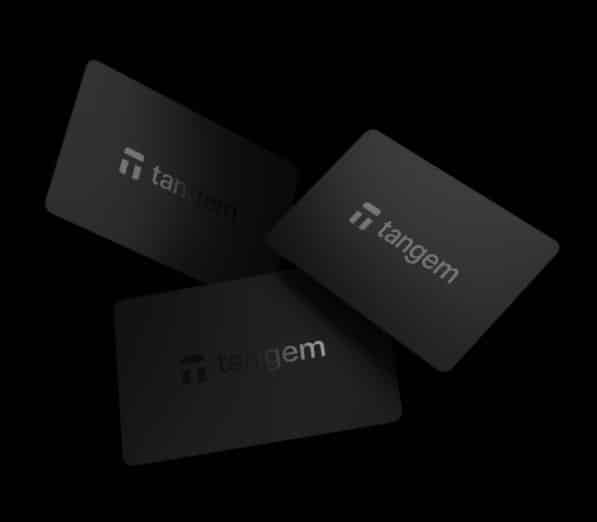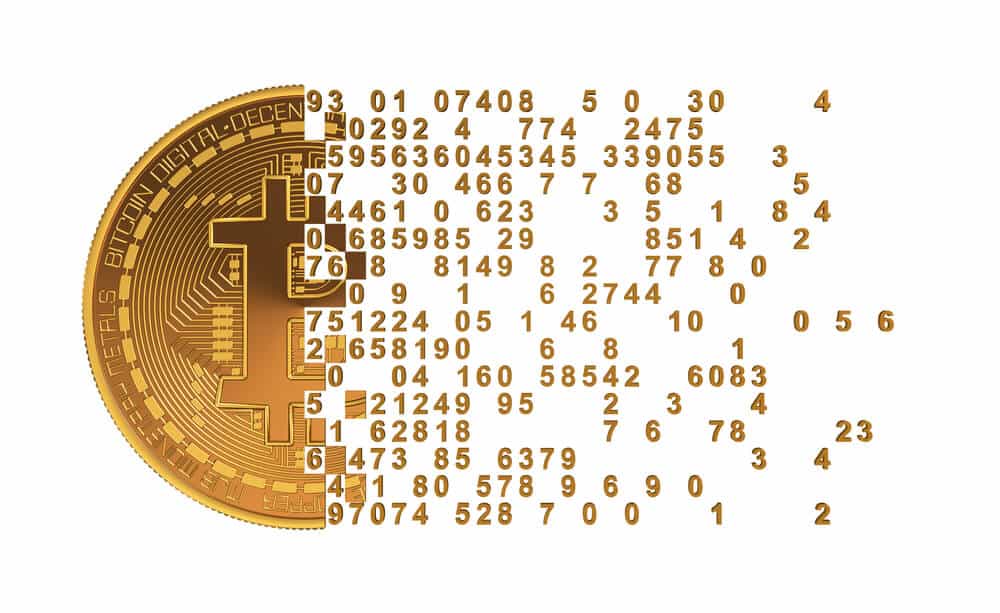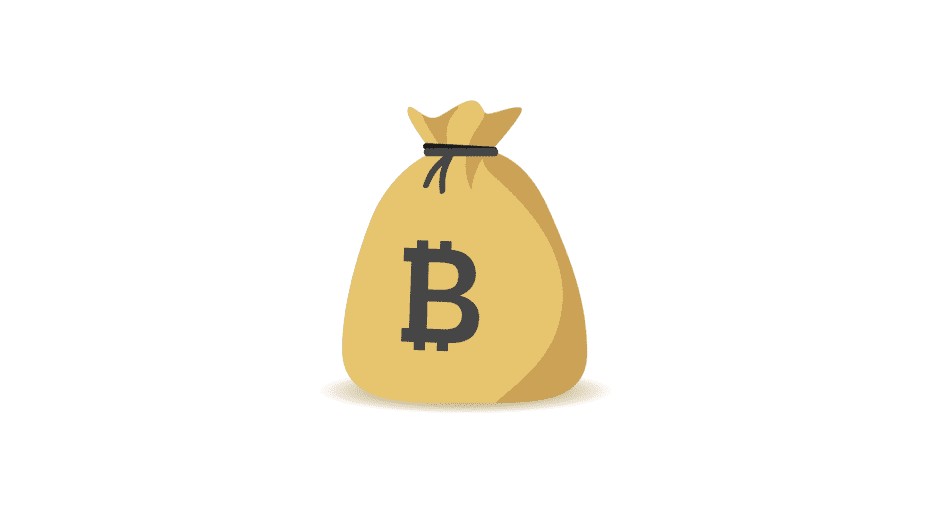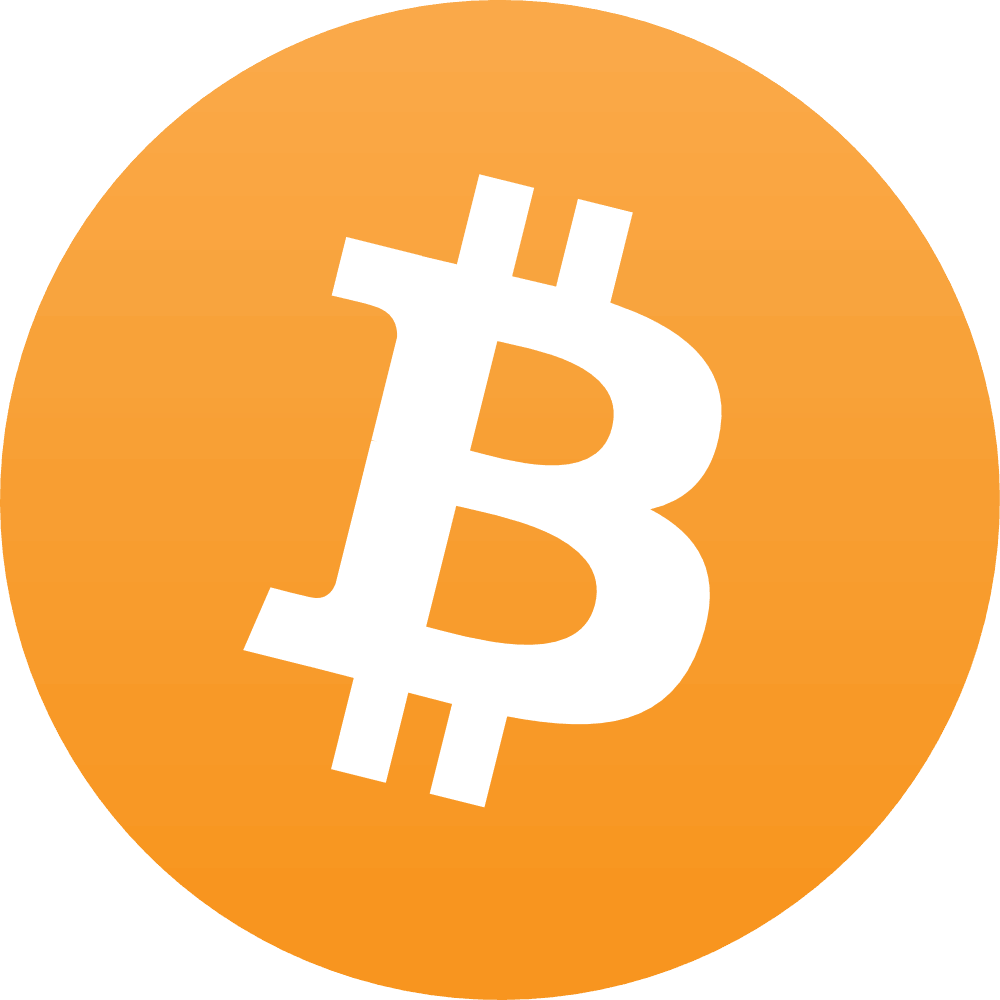Let’s say I send you 1 Bitcoin. After a few minutes, you see that this transaction has received one “confirmation.” What does this actually mean? This post explains it all.
Don’t Like to Read? Watch This Short Tutorial Instead
Bitcoin Confirmations and Blocks Summary
Bitcoin transactions are bundled into blocks. These blocks are inserted by Bitcoin miners into the Bitcoin ledger of transactions, known as the blockchain.
If your transaction was inside a successfully mined block, you will see it receive 1 confirmation. Each block mined thereafter will award your transaction with an additional confirmation. It’s recommended to wait for at least 6 confirmations before deeming a transaction as irreversible.
That’s blocks and confirmations in a nutshell. If you want a more detailed explanation, keep on reading. Here’s what I’ll cover:
- What are Bitcoin Transaction Blocks?
- The Mining Process
- Orphan Blocks
- Reversing a transaction
- Conclusion
1. What are Bitcoin Transaction Blocks?
Bitcoin transactions are written onto a transaction ledger known as the blockchain. However, instead of being added one by one, the transactions are bundled into a block of transactions.
Just like any other digital information, a transaction has a file size. A block of transactions can hold up to 1mb of transactions.
2. The mining process
A Bitcoin transaction is not confirmed immediately once you send it. Instead, it sits in the mempool, a sort of transaction waiting room.
Bitcoin miners then pick transactions from the mempool and assemble a candidate block of transactions (transactions with a higher fee attached will be chosen first).
Bitcoin miners are computers that compete for the right to insert the next block of transactions into the blockchain. They do so by trying to guess a random number that solves a mathematical equation (also known as proof of work).
Once a miner finds a solution, he gets to insert his candidate block as a valid block in the blockchain. When that happens, all transactions that are inside that block will receive 1 confirmation. Now, miners can move on to compete over the next block.
This process of assembling blocks of transactions and then updating the ledger is what’s known as Bitcoin mining. The winning miner will get a mining reward and all of the transaction fees attached to the transactions inside his block.
3. Orphan Blocks
Orphan blocks are valid blocks that aren’t included in the blockchain. This happens in a rare situation in which two miners managed to mine a block at roughly the same time. Eventually, even though both blocks are valid, only one will be accepted and the other will be orphaned.
Let’s break down how this can occur:
Sometimes, two miners will find the solution at roughly the same time. This will create two different blocks of transactions propagating around the network.
Let’s use an example to illustrate this:
Two miners mine block A and B at the same time. 50% of the network received block A first, while the other 50% received block B. At the current state there is a temporary fork in the network.
A few minutes go by and block C is mined. Block C was mined by a computer that received block B as valid. Therefore the valid blocks are now B and C, and block A is considered an orphaned block.
4. Reversing a Transaction
Each time a new block is inserted into the blockchain, all of the previous blocks get confirmed again (they are also checked in the process).
The more confirmations a block has, the harder it will be for someone to remove it from the blockchain. Doing so will require an attacker to create an alternate block and then build a longer chain than the original blockchain.
This requires an enormous amount of computing power (see 51% attack for more information).
It is recommended to wait for at least 6 confirmations in order to be positive that your transaction won’t get canceled by any sort of attack – this takes on average 1 hour to achieve. If you’re dealing with smaller amounts of money, you’re probably OK with waiting for just 1 confirmation.
Reversing a transaction takes planning, time, effort, and a lot of computing power. Most people probably won’t go through all of that trouble for a small amount of money.
5. Conclusion
Bitcoin transactions are bundled into blocks which are what make up the blockchain (a chain of blocks). Once your transaction enters a valid block, it receives its first confirmation. Each block that is mined after that adds an additional confirmation to it, making it harder to reverse.
If you want to learn more about exploring the world of blockchain transactions, you are going to need to use a blockchain explorer. We recommend Blockchair as one of the most user-friendly, versatile and multi-functional on the market. You can learn what it is and how to use it in our Blockchair Review.
Free Bitcoin Crash Course
- Enjoyed by over 100,000 students.
- One email a day, 7 days in a row.
- Short and educational, guaranteed!
Why you can trust 99Bitcoins
Established in 2013, 99Bitcoin’s team members have been crypto experts since Bitcoin’s Early days.
Weekly Research
100k+Monthly readers
Expert contributors
2000+Crypto Projects Reviewed















